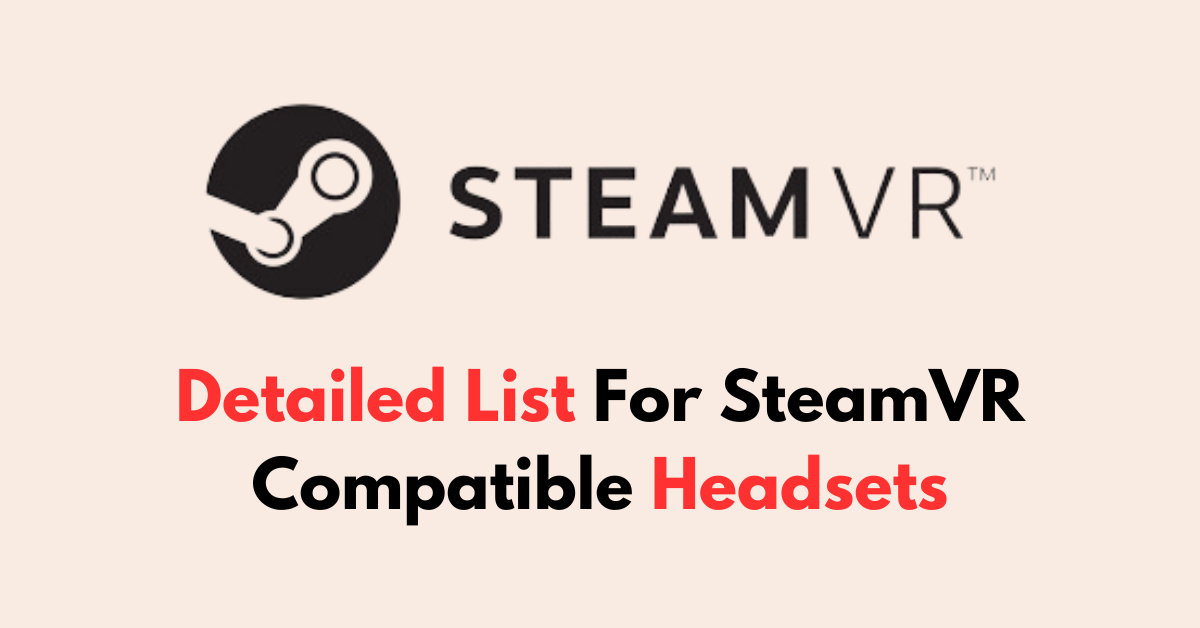SteamVR offers a vast library of games that cater to both casual and hardcore gamers, making headset compatibility an essential consideration for an optimal gaming experience.
With an array of options available, selecting a SteamVR-compatible headset can be a daunting task. To help navigate the choices, this blog post will discuss various headsets, taking into consideration factors such as price, performance, and comfort.
By providing valuable information on different SteamVR-compatible headsets, readers will be better equipped to make informed decisions based on their individual needs and preferences.
List Of Popular SteamVR Compatible Headsets
1. Valve Index
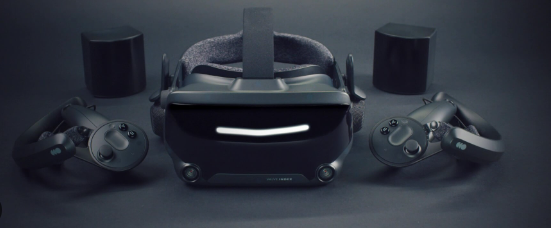
The Valve Index is a premium VR headset developed by Valve Corporation. Known for its high-quality displays and wide field of view, it offers a truly immersive experience. Its ergonomic design and comfortable fit make it a popular choice among SteamVR users.
Key Features:
- High Fidelity Visuals: 1440×1600 pixels per eye resolution, with a refresh rate of up to 144Hz.
- Wide Field of View: Approximately 130 degrees, offering a more immersive experience.
- Precise Tracking: Utilizes SteamVR Tracking 2.0 for high-precision movement.
- Innovative Controllers: Index controllers (Knuckles) provide individual finger tracking.
- Off-Ear Audio: Delivers high-quality spatial audio without touching the ears for added comfort.
2. HTC Vive Series
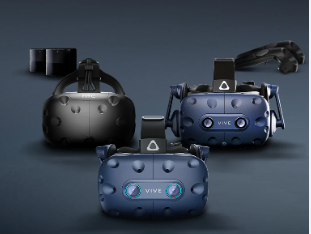
HTC’s Vive series includes multiple headsets, such as the HTC Vive and the HTC Vive Cosmos, both fully compatible with SteamVR. The Vive headsets are known for their reliable tracking system and vivid visuals.
Key Features:
- HTC Vive: 1080×1200 pixels per eye, 110-degree FOV, and 90Hz refresh rate.
- HTC Vive Pro: Upgraded resolution of 1440×1600 pixels per eye with a 110-degree FOV.
- External Tracking: Both use base stations for room-scale tracking.
- Integrated Audio: Built-in headphones for an immersive audio experience.
3. Oculus Rift and Quest Series
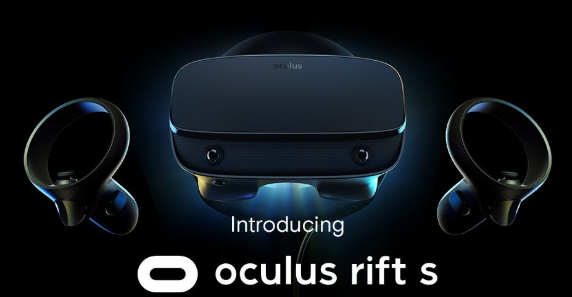
Oculus Rift S is a PC-powered VR headset requiring a compatible gaming computer, while the Quest 2 is a standalone device that can also connect to a PC. Both headsets offer sharp visuals, user-friendly interfaces, and a wide range of compatible games. The Quest 2, in particular, has gained popularity due to its versatility and affordability while still providing a high-quality VR experience.
Key Features:
- Oculus Rift: 1080×1200 pixels per eye, 110-degree FOV, and external sensors for tracking.
- Oculus Rift S: Higher resolution of 1280×1440 pixels per eye, inside-out tracking, and no need for external sensors.
- Oculus Quest: Standalone headset with 1440×1600 pixels per eye, offering a tetherless VR experience.
- Oculus Quest 2: Improved resolution of 1832×1920 pixels per eye, lighter design, and the ability to connect to a PC via Oculus Link.
4. Windows Mixed Reality Headsets
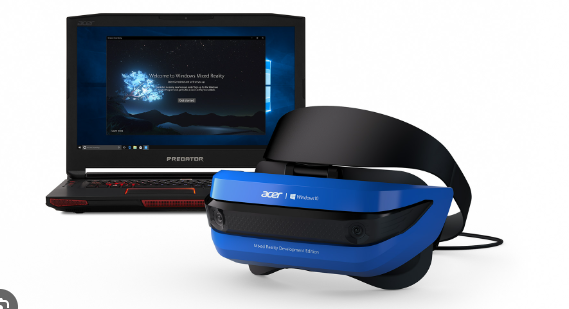
Windows Mixed Reality (WMR) headsets, such as the Samsung Odyssey, are compatible with SteamVR. These headsets offer a plug-and-play setup, which simplifies the process of getting started with VR. One notable feature of WMR headsets is their inside-out tracking, eliminating the need for external sensors.
Key Features:
- Varied Resolutions: Typically 1440×1440 pixels per eye.
- Inside-Out Tracking: No need for external sensors, as tracking is built into the headset.
- Plug and Play: Designed for easy setup with Windows 1
5. HP Reverb G2
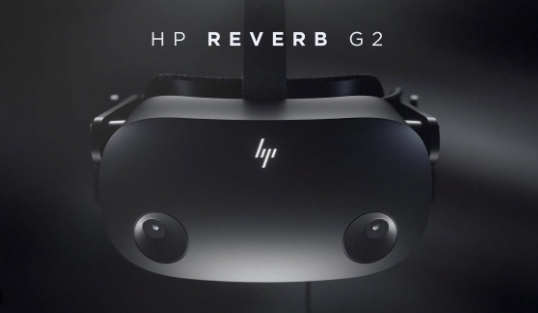
The visual and auditory experience is where the headset truly shines. High-resolution displays provide crystal-clear images, reducing the screen-door effect that can hamper immersion in lesser headsets. The field of view is expansive, and the refresh rate is high, keeping the virtual world fluid and responsive. Spatial audio adds a layer of depth to the experience, enveloping users in a convincing soundscape.
Key Features:
- High-Resolution Displays: 2160×2160 pixels per eye, providing clear and detailed visuals.
- 114-degree Field of View: Offering a broad and immersive perspective.
- Inside-Out Tracking: With four cameras for accurate and convenient room-scale VR.
- Integrated Audio: Designed in collaboration with Valve for high-quality spatial audio.
6. HP Reverb G2 Omnicept Edition
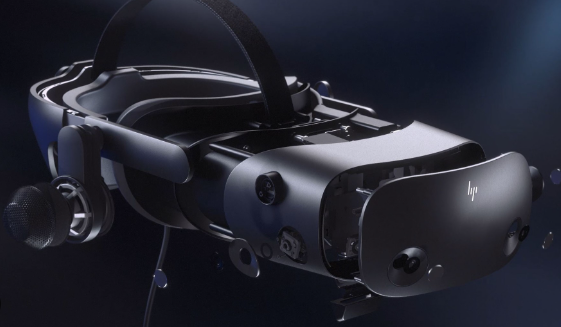
In addition to HP Reverb G2, the Omnicept Edition is enhanced with a sensor system that includes eye tracking, a face camera, and a heart rate sensor to capture the user’s biometric data.HP provides an SDK specifically for the Omnicept Edition, enabling sensor data for more immersive and interactive experiences.
Key Features:
- Advanced Biometric Tracking: Includes eye tracking, face camera, and heart rate sensor for personalized experiences.
- SDK for Developers: Allows for the creation of custom applications that utilize the headset’s sensors.
- High-Resolution Displays: Inherits the same 2160×2160 pixels per eye as the standard Reverb G2.
Pimax 5K Super/8K X
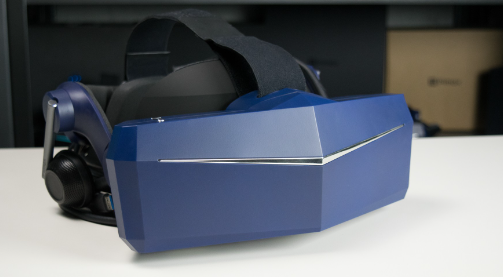
Each eye gets its own 4K UHD display, providing an unprecedented level of detail in virtual reality environments. The 8K X is built with high-quality materials and attention to detail, ensuring durability and a premium feel. The headset comes with a modular audio strap that delivers high-quality sound and enhances overall user comfort.
Key Features:
- Pimax 5K Super: Dual 2.5K panels with a refresh rate of up to 180Hz and a 200-degree FOV.
- Pimax 8K X: Dual native 4K displays offering a stunning 8K resolution with a 200-degree FOV.
- Wide Compatibility: Supports SteamVR 1.0 and 2.0 tracking and a wide range of accessories.
Overall:
Here is a quick comparison of the mentioned SteamVR Compatible Headsets:
| Headset | Key Features |
|---|---|
| Meta Quest 2 | User-friendly, optimal price-performance ratio |
| Valve Index | High-quality visuals, precise tracking |
| HP Reverb G2 | Affordable, impressive image quality |
| HP Reverb G2 Omnicept Editio | Biometric tracking sensor |
| HTC Vive Pro 2 | Professional-grade, premium experience |
| Pimax 5K Super/8K X | Exceptional wide field of view |
| Windows Mixed Reality Headsets | Inbuilt Inside out tracking system, User friendly |
- The Meta Quest 2, for example, offers an excellent balance between price and performance, making it a popular choice for many VR enthusiasts.
- For those seeking a more premium experience, the Valve Index is a top contender, known for its high-quality displays and precise tracking.
- On the other hand, the HP Reverb G2 presents a great value option, providing impressive visuals at an affordable cost.
- SteamVR also supports other headsets, such as the HTC Vive Pro 2 and the Pimax 5K Super/8K X, allowing users to choose the device that best suits their preferences and needs.
How to Choose the Right SteamVR Compatible Headsets
Performance and Specs Comparison
When comparing SteamVR-compatible headsets, it’s important to consider their performance and specs. Key aspects to look at include resolution, frame rate, field of view (FOV), and tracking quality.
For example:
- The Valve Index offers a premium experience with a high resolution and refresh rate.
- On the other hand, the Meta Quest 2 provides a more affordable option without compromising too much on performance.
Here is the Comparison:
| Headset | Resolution | Frame Rate | FOV | Tracking |
|---|---|---|---|---|
| Valve Index | 1440×1600 per eye | 120-144Hz | 130 degrees | External |
| Meta Quest 2 | 1832×1920 per eye | 90Hz | 100 degrees | Inside-out |
Ergonomics and Comfort
Another crucial aspect when choosing a VR headset is ergonomics and comfort. A comfortable headset should have adjustable straps, breathable materials, and well-distributed weight. The HP Reverb G2 is often praised for its comfort and ease of use.
Price Considerations
Different headsets come at various price points, and it’s essential to choose a device that fits your financial constraints. For example, the Oculus Quest 2 is a more budget-friendly option compared to the high-end Valve Index.
